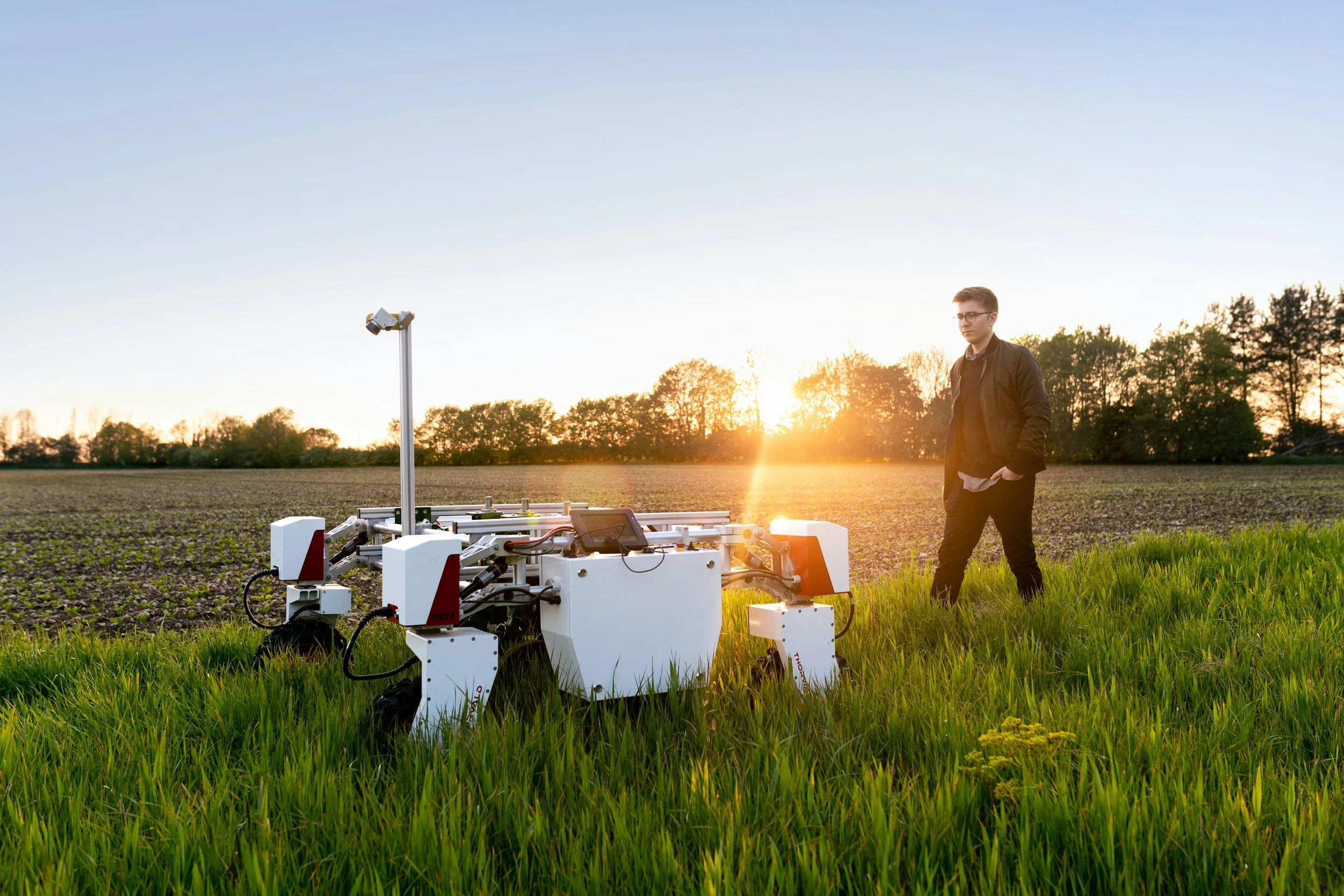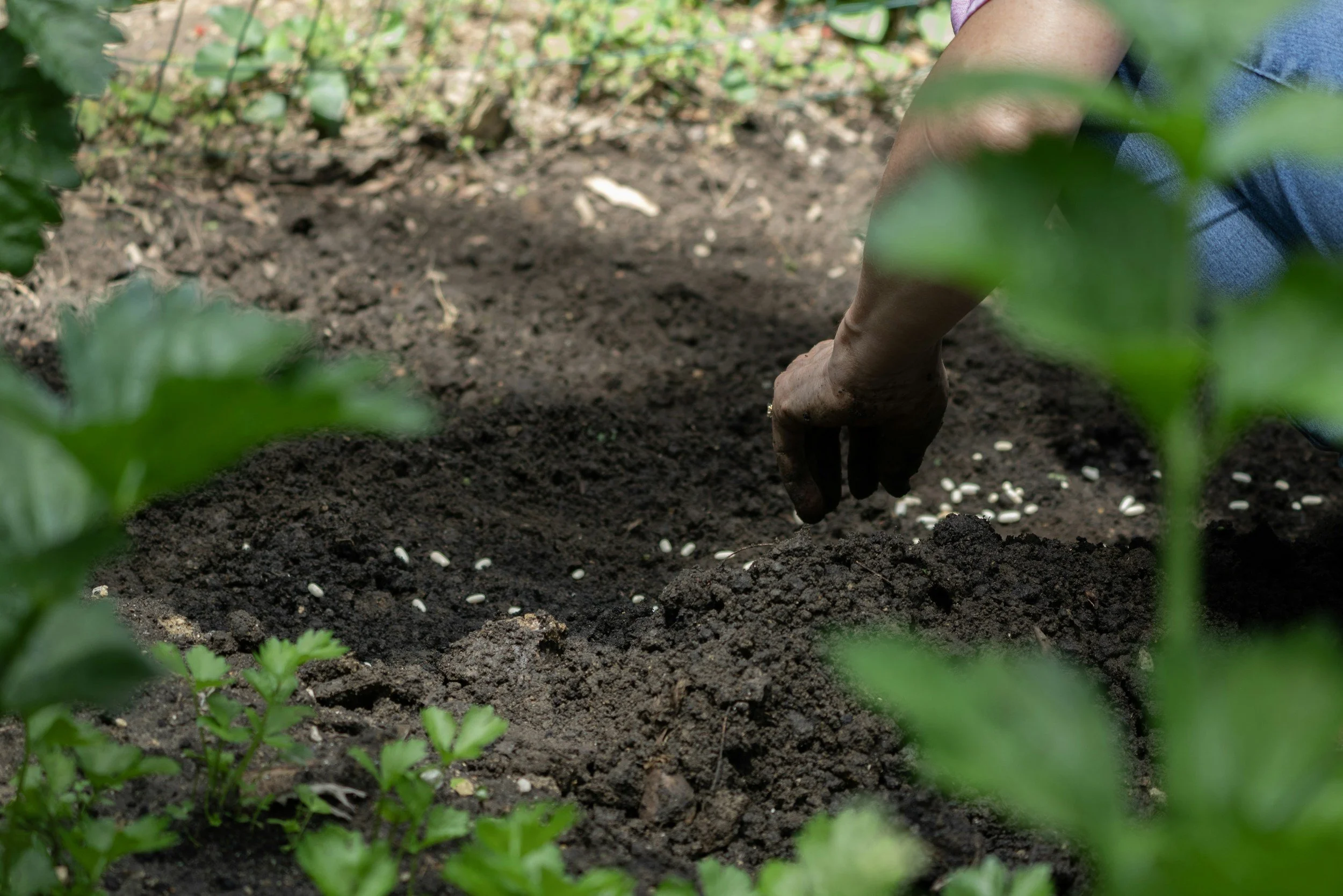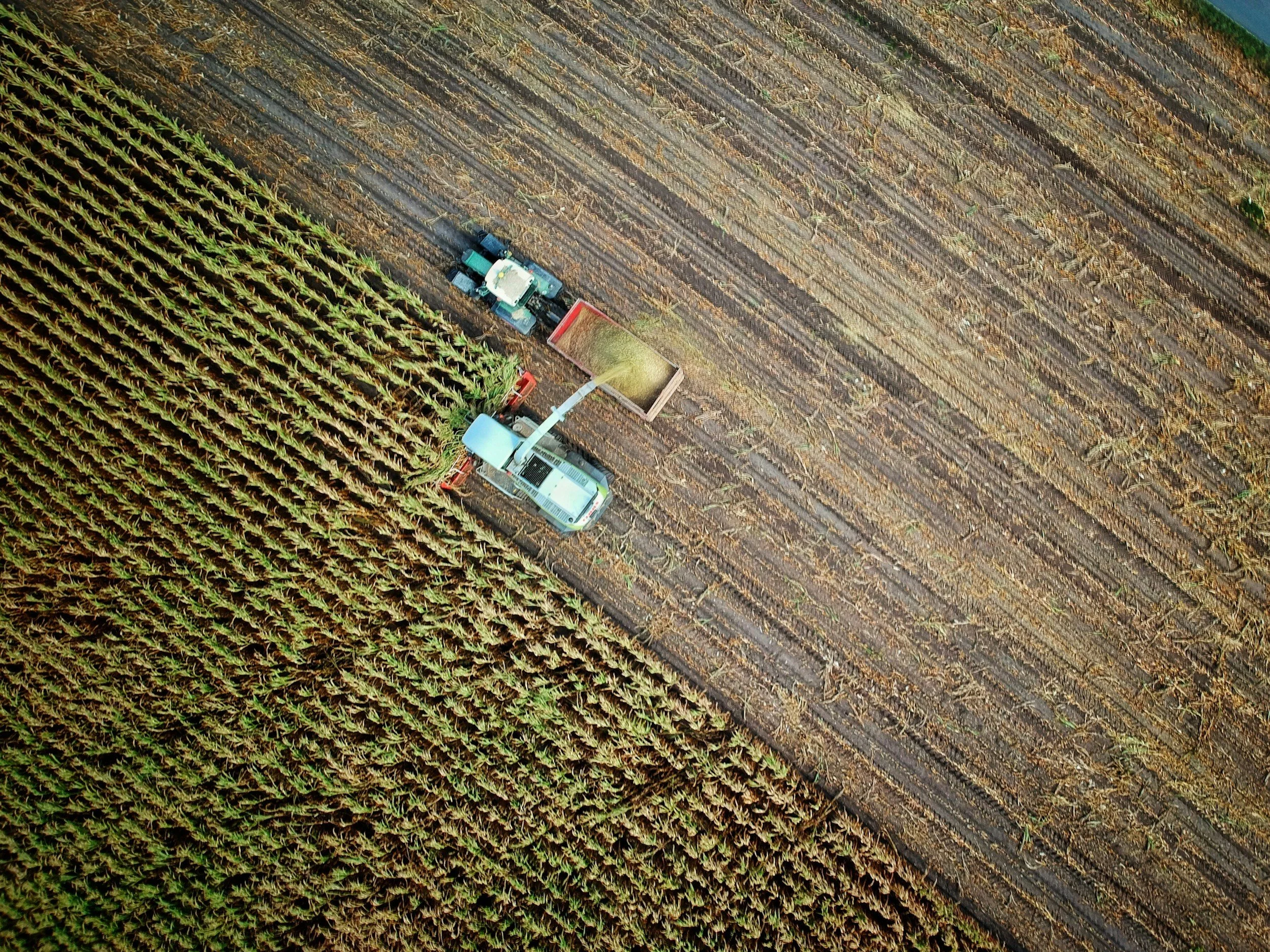Plant problems and quick fixes: how to diagnose and remedy common issues in your garden
/The past year has seen many people turn to food gardening – some for the first time – to cope with the stresses of the COVID-19 pandemic. Here at Green and Prosperous we have previously written about the mental and physical health benefits of gardening. While previously, food gardening seemed to be something you did as you approached middle age or your senior years, nowadays people of all ages are enjoying the benefits of growing some of their own food. The availability of products that make food gardening easy, like AeroGarden’s collection of indoor fully automated growing kits, had made food gardening an option for those who have little to no experience with food gardening. The many benefits of gardening, however, can also come with a fair amount of stress when you have problems that plague your plants, preventing them from growing and producing as they should. This post offers advice for diagnosing and dealing with some of the most common problems in your garden.
Aside from dealing with animals (squirrels, groundhogs, rabbits, birds) taking more than their fair share of your harvest, you will most likely have encountered these problems in your garden. Most of the time, these problems can be tackled fairly quickly and easily, although seeing results may take month in some cases. Most plant problems emerge as a result of ‘user error,’ meaning that there is something you have been doing (or not doing) that has caused these problems. In other cases, the problems are environmental, or weather-related.
Regardless of the source of the problem, it’s always important to start your garden off right, which means making sure that you are not reusing soil that is depleted of nutrients, or that has been contaminated with bacteria or mold spores. You should always amend your soil (yes, even store-bought soil that claims to be ‘complete’) with a rich compost (worm castings also work very well to enrich your garden soil). Healthy soil is a living host to a variety of organisms and microorganisms: beneficial nematodes, fungi, bacteria, protozoa, arthropods, and earthworms, minerals, other organic matter, water and air. All of these organisms work together to create an optimal environment for your plants so that they can absorb nutrients properly, withstand stress from the environment or herbivore pests, and produce an abundant harvest for you to enjoy.
Here are some of the most common plant problems and the ways to fix them:
Wilting Leaves
If your plant looks fine one day and the next you see the leaves wilting, the most likely cause is a lack of moisture in the soil. However, the opposite can also be true: your plant’s soil could have become waterlogged, especially if it is sitting in a container that does not have adequate drainage. Check the moisture of the soil by sticking your finger 1-3 inches down (depending on the size of the container). If the soil feels moist or wet, you may be watering too much. If it is dry, you may not be giving it enough water.
Be sure, when you water your plants, to water thoroughly – this is especially important for plants that are in a raised bed or that have become root bound in a container – if you water too sparsely the plant won’t get enough moisture to its roots, but if you are dealing with a root-bound plant, the roots may not be able to absorb the water adequately. If the latter is the case and you can’t remove the plant from its container, you may need to use a drip system that waters very slowly and thoroughly. If you have not been watering more or less than your plant needs, you may need to improve drainage by adding perlite or vermiculite to your soil and working it in. Crushed, dried eggshells also work well to improve drainage (they are less effective at dealing with blossom end rot, which we’ll discuss below). In the worst case scenario your plant’s roots have rotted or become diseased. If you are unable to cut away the problematic roots and improve the drainage of your soil the plant will eventually die.
Gray powdery spots on leaves and stems
Gray powdery spots that appear on the leaves and stems of your plants are a sign of powdery mildew. Powdery mildew is likely to affect plants in the cucurbit family: squash, cucumbers, gourds, watermelons and pumpkins. Although this condition often appears after a hard rain followed by dry conditions, powdery mildew needs humidity to spread through your garden. The mold spores that cause powdery mildew are everywhere: in the soil, in the air, and maybe already on your plants, but the rain and ensuing dry conditions helps them spread. Caught early, it can be controlled by cutting away the affected foliage.
Take a walk through your garden daily and inspect it for damage so that you can head off the problem before it becomes uncontrollable. Once powdery mildew has started to spread through your garden, it’s very difficult to get rid of. While it won’t kill your plants, it will stunt the plant’s growth, productivity, and the quality of your crop. There are several ways to avoid and fix powdery mildew, and as with so many plant problems, the most effective step is preventative. In this case, choosing varieties of plants that are resistant to this disease, spacing your crops so that they get adequate air circulation, pruning to ensure air flow, and planting in full sun are some preventative ways you can stop powdery mildew from ruining your plants. If it has already taken hold, though, you can use a solution of baking soda and neem oil to control the problem: here is a link to recipes that can help you stop powdery mildew in its tracks.
Blossom End Rot
Ever notice that your tomatoes or bell peppers seemed to be growing well then all of a sudden developed a black spot that spread and ruined the fruit? If so, that’s blossom end rot, and it can afflict tomatoes (though not cherry tomatoes), peppers, squash, cucumbers, and watermelon. Although blossom end rot is often the result of a calcium deficiency, other nutrient deficiencies can also be at work: too little phosphorous or too much magnesium, nitrogen, potassium, or salt. It can come about if there is too little humidity or too much light and heat on the plant. Blossom end rot can also be weather related: it sometimes appears when there is dry weather after a heavy rain or spell of wet weather. It can occur during periods of rapid growth. It can also be caused by uneven irrigation – you’re watering the plant but not enough one day and too much another day. Finally, it can be caused by compacted soil, which prevents the roots of your plant from absorbing the nutrients it needs to thrive.
There is a lot of misinformation going around about how to treat blossom end rot, and the one remedy that’s often promoted — putting crushed eggshells in your plant — is NOT going to solve this problem. While yes, crushed eggshells may a good source of calcium, and yes, they will be more effective at providing nutrients to your plant if you first dry them out (an oven works best here), pulverize them finely, then work them into the soil, the problem is a bit more complicated than this kind of remedy alone will solve. To put it simply, even if you put a ton of eggshells in your soil this way, it doesn’t mean that your plant will be able to absorb these nutrients right away – in fact, they may not be bioavailable to your plant for months.
The root of the problem them (pun intended) is that your plant roots are not able to do their job properly. Test your soil to make sure that a calcium deficiency is the problem. If so, you can effectively treat blossom end rot by adding lime (the kind that’s labeled “fast acting”) to the top 12 inches of soil. This kind of lime contains calcium which will be readily absorbed by your plant. Other remedies include mulching the soil to retain moisture better, making sure you are watering it evenly, and sometimes, just waiting it out, as some varieties of tomato are more prone to developing blossom end rot.
Fruit falling off before fully developed
Aside from watching your seemingly healthy tomatoes rot from the bottom up, witnessing your seemingly thriving zucchini or eggplant fruit fall off the plant before it has fully developed is an aggravating problems many food gardeners face. There are several causes of this problem, one of which is a lack of adequate pollination. Did you know that without bees and other pollinators (butterflies, wasps, moths) it wouldn’t be possible to grow most food we eat? Attracting pollinators to your garden is not difficult, if you have a sunny spot to work with. Intercropping (aka companion planting) your food plants with flowers (such as nasturtium, marigold, or petunias, all of which make good companion plants for most crops) will bring bees and other helpers daily, and your food crops will benefit from their activity. In the meantime, you can also hand-pollinate your plants by using a small brush (an artist’s brush works well) to collect pollen from the male flower and brush it inside of the female flower.
Another cause of fruit fall is inadequate nutrients. This is a tricky one to solve, as you’ll first need to figure out which nutrients are deficient: a soil test can help you here, although for the most accurate results you can send a sample of your soil to your local agricultural extension for testing. Nutrition deficiencies can also cause overbearing, which means that the plant had to make a choice between sending nutrients to its leaves or its flowers and fruits, and has chosen the leaves in order to conserve energy. Pruning away some branches to give the plant a chance to rebalance itself, and addressing the nutrient deficiency will help if this is the cause of your fruit dropping off prematurely.
Finally, overwatering and underwatering can be causes of fruit fall, as can extremes of weather: freezes, hail, or excessive wind. Checking the weather forecast every morning and evening and taking protective measures (such as using row covers or other shelter from the harsh elements) will help you avoid some of the weather-related problems that can spoil your harvest.
These are just a few of the common problems that may be hurting your plants. Want to know more and have a handy guide at your disposal? Click the image below to download the cheat sheet and get access to our library of Free Resources for your garden and healthy lifestyle.
Like this? Please pin!












































